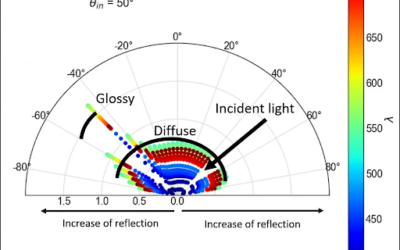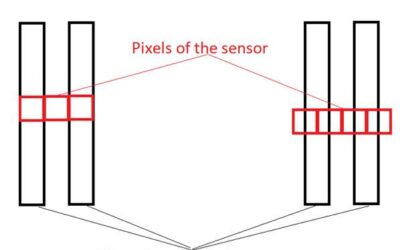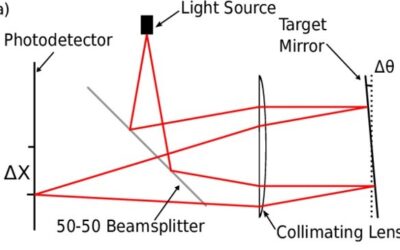OFH analyzes optical patents and patent applications, and also engages as expert witnesses for patent litigation in optics, displays, and 3-D. Throughout my career, I’ve overseen the filing of 30-40 patent applications, including drafting the text so that they’re in good shape for an attorney – saving some $, too.
What lessons did I learn when I “went to the other side of the table” from a drafter of disclosures to someone who analyzes IP during litigation or acquisition?
During my career as a non-attorney, I learned:
1. Make sure that “special words” are clearly defined, and have no conflicting definitions. For example, if you introduce the term optical washerspout 15, it should not simultaneously be a “rectangular portal for the exit of optical energy” and a “circular input for acoustic energy.” Sounds basic, but inconsistencies are sometimes not caught during prosecution, and then rear their heads during litigation or M&A. So, during prosecution (the patent-getting phase), maintain a numbered list of the terminology and their numbers.
2. If you are an engineer at a large company whose attorneys file reams of patent applications, ask the attorney if you can help review the claims prior to filing, so that you can help remove limitations where possible. (“Limitations” are words that restrict the universe of the patent’s power by defining the boundaries of what the patent claims.) Why? Some patent attorneys have said to me that large clients sometimes feel like impersonal generators of 100s of patents per year, with zero back-and-forth with the inventor. Therefore, your participation could be appreciated and might end in a stronger patent, in the (hopefully) infrequent event of an under-motivated patent attorney not fighting limitations energetically enough during prosecution.
3. Work with your attorney to make sure your application is enabling. Can someone with access to a good library build your invention from what’s stated in the patent? Also, seek guidance on something I’m not qualified to advise you on: what types of detail are helpful, and what types of detail are harmful.
4. Ask your attorney if your lengthy, detailed, citation-rich Background section ought to be deleted. Some law firms take the position that the Background is a double-edged sword. Yes, they could help a future judge and jury understand the patent… but they can also unintentionally limit the scope or field of the invention to a niche.
5. BONUS: Re-read your patent application while imagining it is the target (or weapon) of deep-pocketed litigation. Specifically:
Is the chain of title truly clear?
If the ideas were developed within a government contract, do you have paper or electronic copies of that contract’s IP-rights section?
Do you have all assignments? (Really, check…!)
Where are the inventor notebooks?
If litigation: do you have records of any previous contact with the litigant?
Did you or your employer enter into any licenses that even tangentially relate to the inventions (e.g. software licenses, a beast to themselves?)
Will a judge – who might lack an engineering degree – be able to understand the patent in a first reading of it?
Does the specification offer a logical narrative flow?
DISCLAIMER: OFH is not a law firm and cannot provide legal advice. The author is not a Patent Agent. OFH is a group of engineers with many years of experience in the drafting, review, and prosecution of patents and patent applications.
Gregg Favalora (Principal, OFH)
Need help? Click here to learn more about our custom optical engineering services.






